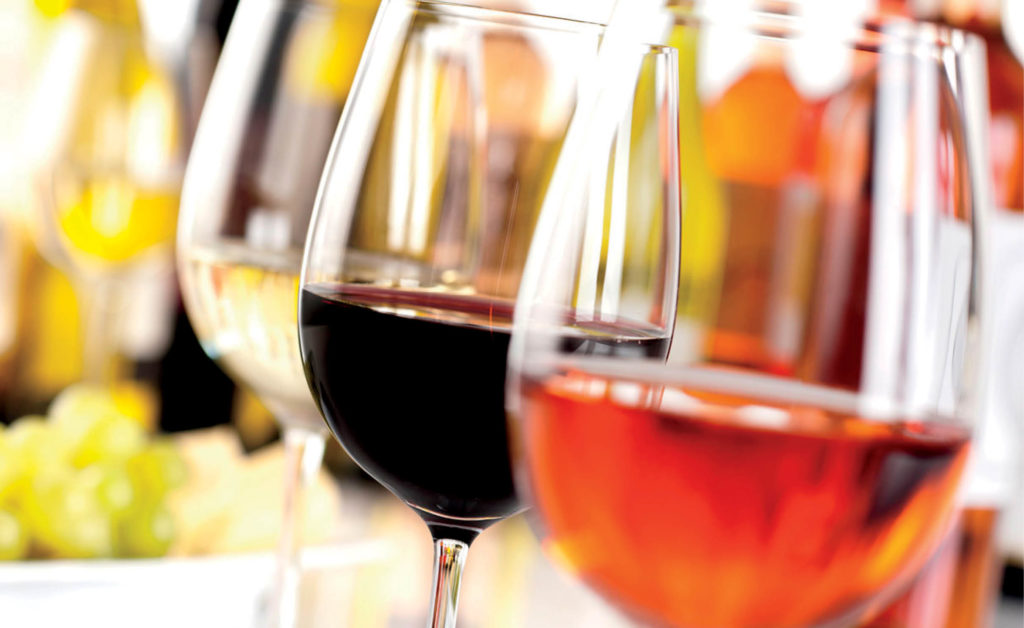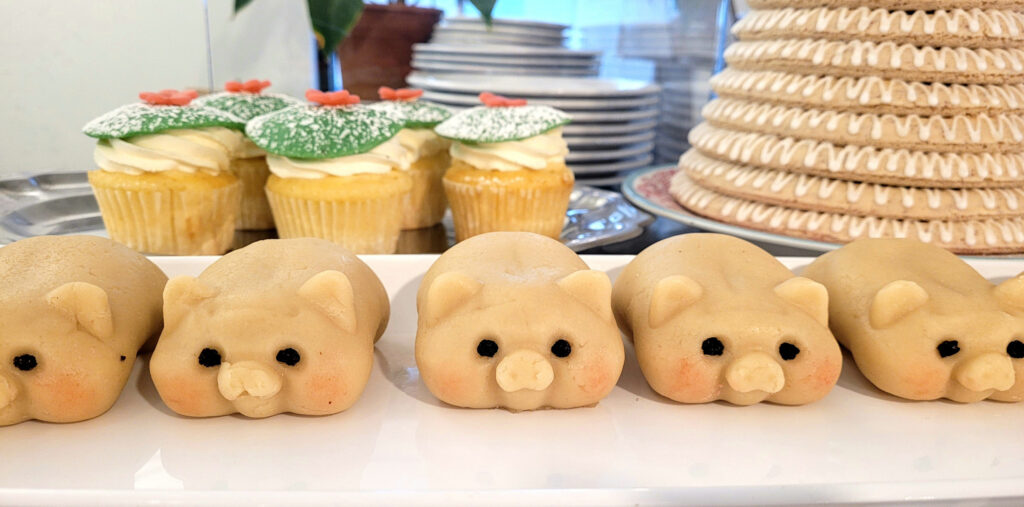by Tom Dai, The Farmer’s Daughter –
It was a cruel trick to play, I suppose. It was an hour before the restaurant was set to open, and two hours before the dinner rush. There was a great commotion at the bar that soon fell into an excited hush as I watched them eagerly swirl and sip the wine, all the while keeping my expression stoic like I was holding pocket aces.
“This is so good!” one server said.
“Oh my god,” said another.
“I’m going to sell so many of these,” from somewhere to my left.
I was the Wine Director at a Vancouver restaurant at the time, and I had been telling the staff for months about this great new wine we were bringing in. I had promised them a staff tasting once it arrived; what I didn’t tell them was that they had been duped.
I had presented them a bottle of the new wine, a white Burgundy that carried a hefty price tag – but what they were actually tasting was the house Chardonnay I had poured for them earlier, a wine they had all tried before and had generally dismissed as a cheap white, instead of the one everyone was now gushing over.
One server finished her wine, put the glass down and proclaimed that it was the best wine she’d ever had. “Thank you,” she added. I gulped and tugged at my shirt collar. It was getting warm under there!
I hadn’t expected this kind of reaction, and now as I watched them swish the wine in their mouths and smack their lips thinking they were drinking a beautiful Burgundy Chardonnay, I was left wondering whether I should keep up the charade or tell them the truth and risk looking like a smug jerk.
I asked them to tell me what it was that they liked about the wine, and what flavours they were detecting to get them to think about what they were tasting, but as soon as someone yelled out “green apple!” that was all anyone could taste, so they basically repeated each other’s answers and read the tasting notes from the wine label.
When I finally revealed the truth, most of them were rightly embarrassed and some were even angry, but an important lesson was learned that day.
Tasters are easily influenced by the wine’s geographical region, reputation, price and the power of suggestion. We expect a more expensive wine to taste better than a cheap one, and studies have shown that when given the same exact wine but with different price tags, tasters will perceive complexity and depth in the one they think is more expensive. Talk about price bias!
Blind tastings are important in eliminating this bias, and more importantly, they’re fun! Of course, the most famous blind tasting occurred in 1976 in the so-called “Judgment of Paris” where a panel of French judges were blind-tasted on some of the best red and white wines from France and the then-unknown region of Napa Valley, California. The results were tallied and to the horror of the judges, the Napa wines had won both categories. Needless to say, this would not have happened had the tasting not been blind.
These days I try to do blind tastings whenever I can. It’s the surest way to eliminate biases and focus on what you really taste in the glass, to trust your instincts and to trust how the wine is making you feel. If a wine can remind me of a warm café with dusty chandeliers and the sound of an accordion playing on the terrace, then I don’t care what the price is – I’m drinking it.
A master sommelier can theoretically taste any wine blind and tell you where it was from, what year it was made, who made it and what to pair it with. But unless you are one of the 270 or so master sommeliers in the world, you should start your blind tastings with wines that are the same varietal but from different regions, say a Northern Rhône syrah from France with a Barossa Valley shiraz from Australia, for example, and then gradually work your way up to tasting blends like a French Bordeaux against a Bordeaux blend from B.C., until you can train your palate and knowledge enough to tell the difference between a Burgundy chardonnay and a cheap house white from God knows where.
After I had revealed to the staff my little deception, we spent the rest of the pre-shift meeting tasting and talking about the actual new wine. The consensus was that it was exceptional, with flavours of green apple, bright citrus, notes of toasted oak, and a slight hint of embarrassment, anger and blind trust.




